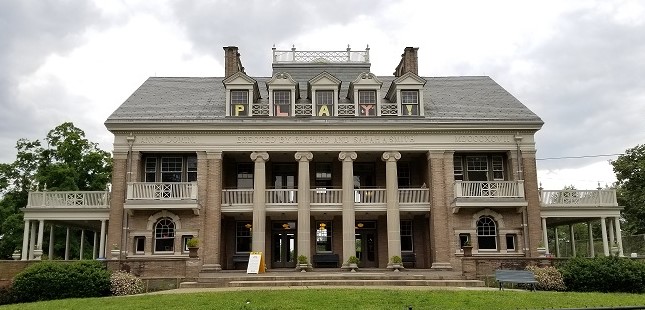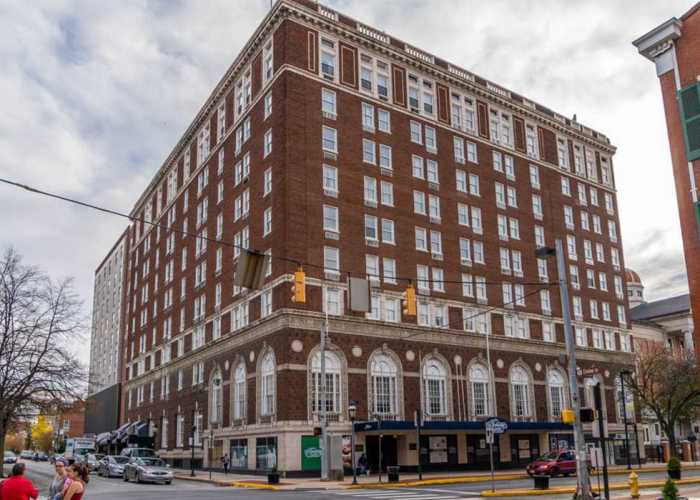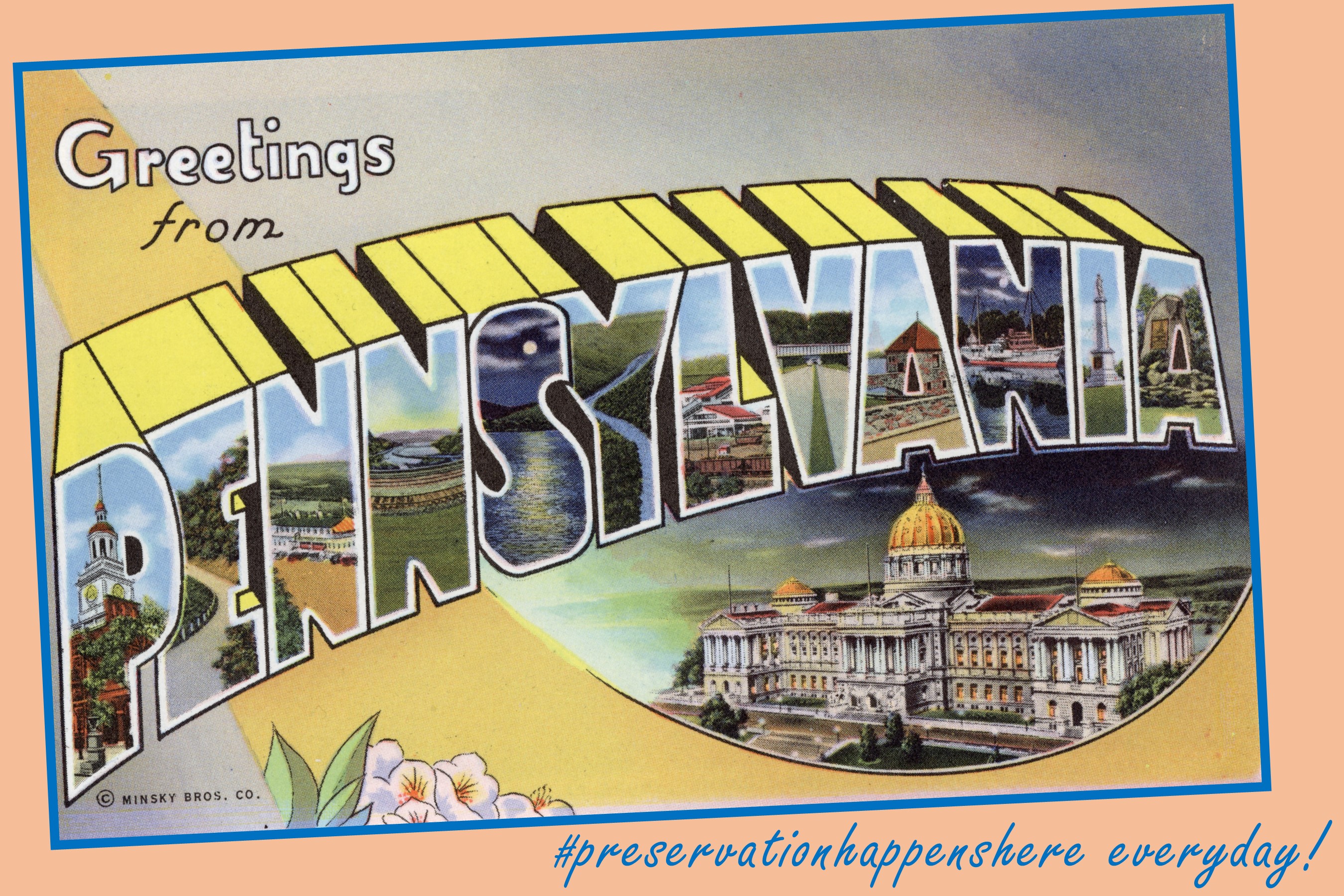The Chinese calendar says 2019 is the Year of the Pig. I’m feeling optimistic and thinking that 2019 might also be the Year of the Pennsylvania Historic Preservation Tax Credit.

Blog of the Pennsylvania State Historic Preservation Office

The Chinese calendar says 2019 is the Year of the Pig. I’m feeling optimistic and thinking that 2019 might also be the Year of the Pennsylvania Historic Preservation Tax Credit.
This week I’m counting down to the 10 most popular blog post written in 2018! Its been awhile since we’ve done this kind of “year in review” for you loyal readers, so I thought it might be fun and give you the opportunity to read a post you may have missed. Continue reading
Preservation PA and the Statewide Conference Planning Team are seeking proposals for insightful and educational conference sessions, of interest to an audience composed of professionals and volunteers in the fields of historic preservation, architecture, cultural resource management, planning, real estate development, government, nonprofit, and for-profit communities. We want you to share your preservation knowledge and success stories! Continue reading

This week’s post brings you “5 Things” to know for November and December 2018. Take a breather from your Thanksgiving holidays and read about new staff, important deadlines, and a fun way to show what you’re thankful for. Continue reading
Residents of Whitemarsh Township in Montgomery County were alarmed to hear that a developer planned to build 65 townhomes in their local historic district. Continue reading

After a chaotic winter where one of the federal government’s most successful historic preservation programs over the past 40 years – the Historic Preservation Tax Credit – was almost eliminated during federal tax reform, there is a lot to catch up on relating to both the federal and Pennsylvania historic tax credit programs. Continue reading
At the beginning of May, I promised we’d provide a recap of the #31for31 social media campaign to celebrate Preservation Month across Pennsylvania. If you missed a post on our Facebook page or in our Twitter feed, no worries! You can see it, and the rest of the month’s content, right here. Don’t miss the big announcement covered in the May 31st post! Continue reading

Picture yourself – lounging poolside, lakeside, or on the beach – with your tablet or smart phone (or even good old-fashioned paper) enjoying the hottest summer publication that hasn’t yet made the New York Times bestseller list: #preservationhappenshere, Pennsylvania’s next statewide historic preservation plan. Continue reading
Now is the time for all good preservationists to put on their thinking caps! Do you know of a great project, person or organization that deserves recognition with a Pennsylvania Historic Preservation Award, the state’s highest preservation honor? Continue reading
Preservationists across America are celebrating today as National Historic Preservation Month kicks off. Continue reading
© 2025 Pennsylvania Historic Preservation
Theme by Anders Noren — Up ↑
Recent Comments